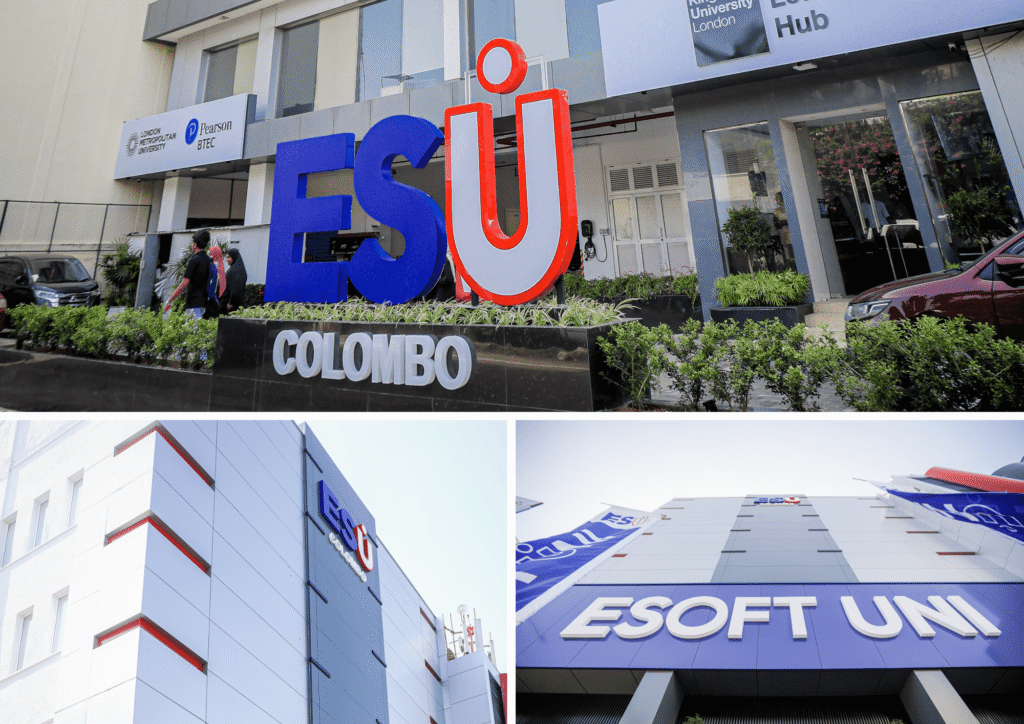- Survey Reveals the Average Ransom Paid Increased Nearly Fivefold to $812,360
- 46% of Organizations that had Data Encrypted in a Ransomware Attack Paid the Ransom
Sophos, a global leader in next-generation cybersecurity, today released its annual survey and review of real-world ransomware experiences in the State of Ransomware 2022. The report shows that 66% of organizations surveyed were hit with ransomware in 2021, up from 37% in 2020. The average ransom paid by organizations that had data encrypted in their most significant ransomware attack, increased nearly fivefold to reach $812,360, with a threefold increase in the proportion of organizations paying ransoms of $1 million or more. Forty-six percent of the organizations that had data encrypted paid the ransom to get their data back, even if they had other means of data recovery, such as backups.

The report summarizes the impact of ransomware on 5,600 mid-sized organizations in 31 countries across Europe, the Americas, Asia-Pacific and Central Asia, the Middle East, and Africa, with 965 sharing details of ransomware payments.
“Alongside the escalating payments, the survey shows that the proportion of victims paying up also continues to increase, even when they may have other options available,” said Chester Wisniewski, principal research scientist at Sophos. “There could be several reasons for this, including incomplete backups or the desire to prevent stolen data from appearing on a public leak site. In the aftermath of a ransomware attack there is often intense pressure to get back up and running as soon as possible. Restoring encrypted data using backups can be a difficult and time-consuming process, so it can be tempting to think that paying a ransom for a decryption key is a faster option. It’s also an option fraught with risk. Organizations don’t know what the attackers might have done, such as adding backdoors, copying passwords and more. If organizations don’t thoroughly clean up the recovered data, they’ll end up with all that potentially toxic material in their network and potentially exposed to a repeat attack.”
The main findings of the State of Ransomware 2022 global survey, which covers ransomware incidents experienced during 2021, as well as related cyber insurance issues, include:
- Ransom payments are higher – In 2021, 11% of organizations said they paid ransoms of $1 million or more, up from 4% in 2020, while the percentage of organizations paying less than $10,000 dropped to 21% from 34% in 2020
- More victims are paying the ransom – In 2021, 46% of organizations that had data encrypted in a ransomware attack paid the ransom. Twenty-six percent of organizations that were able to restore encrypted data using backups in 2021 also paid the ransom
- The impact of a ransomware attack can be immense – The average cost to recover from the most recent ransomware attack in 2021 was $1.4 million. It took on average one month to recover from the damage and disruption. Ninety percent of organizations said the attack had impacted their ability to operate, and 86% of private sector victims said they had lost business and/or revenue because of the attack
- Many organizations rely on cyber insurance to help them recover from a ransomware attack – 83% of mid-sized organizations had cyber insurance that covers them in the event of a ransomware attack – and, in 98% of incidents, the insurer paid some or all the costs incurred (with 40% overall covering the ransom payment)
- Ninety-four percent of those with cyber insurance said that their experience of getting it has changed over the last 12 months, with higher demands for cybersecurity measures, more complex or expensive policies and fewer organizations offering insurance protection
“The findings suggest we may have reached a peak in the evolutionary journey of ransomware, where attackers’ greed for ever higher ransom payments is colliding head on with a hardening of the cyber insurance market as insurers increasingly seek to reduce their ransomware risk and exposure,” said Wisniewski. “In recent years, it has become increasingly easy for cybercriminals to deploy ransomware, with almost everything available as-a-service. Second, many cyber insurance providers have covered a wide range of ransomware recovery costs, including the ransom, likely contributing to ever higher ransom demands. However, the results indicate that cyber insurance is getting tougher and in the future ransomware victims may become less willing or less able to pay sky high ransoms. Sadly, this is unlikely to reduce the overall risk of a ransomware attack. Ransomware attacks are not as resource intensive as some other, more hand-crafted cyberattacks, so any return is a return worth grabbing and cybercriminals will continue to go after the low hanging fruit.”






